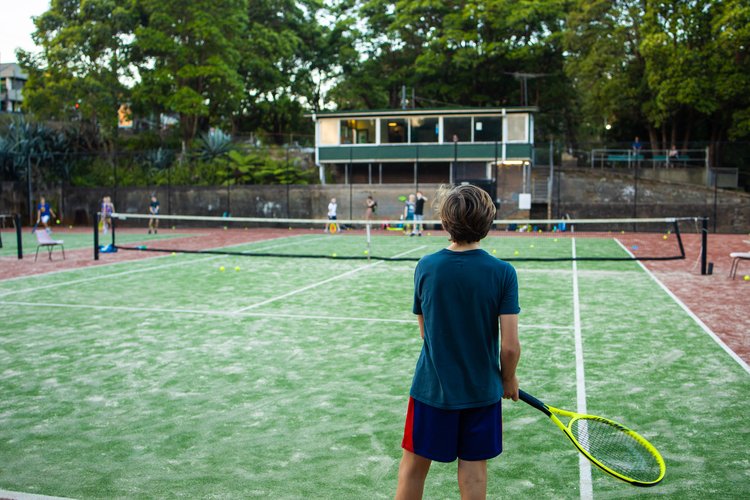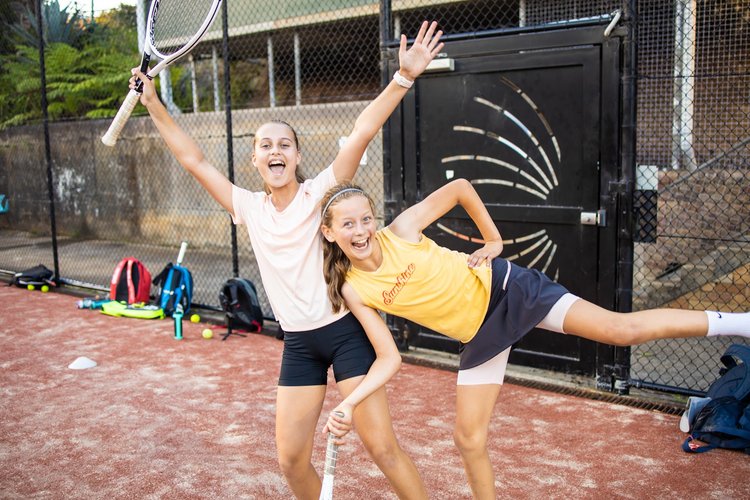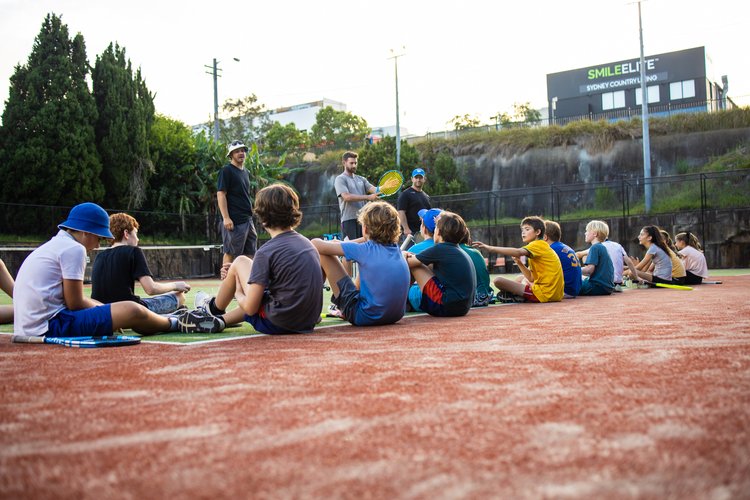Improving your game, regardless of the sport or activity, demands more than just practice; it requires a dedicated focus on exercises and routines specifically designed to enhance your skills. Incorporating a structured regimen of physical and mental exercises can significantly improve performance. This approach sharpens specific abilities and boosts overall fitness, enabling athletes to perform at their peak for longer durations. Adopting a targeted exercise and routine plan cannot be overstated—it’s the difference between good and exceptional performance. This blog aims to provide insightful guidance on selecting and executing the most effective exercises and routines tailored to boost your game. By following a meticulously crafted plan, you can expect marked progress in your abilities, pushing you closer to achieving your performance goals.
Foundational Exercises for Every Athlete
Core Strength and Stability Essentials
Core strength and stability form the foundation for excellence across all sports, offering the balance and power needed for peak performance. Strengthening the core enhances athletic prowess and prevents injuries, making these exercises crucial for every athlete.
- Planks: An all-encompassing exercise that targets the entire core. Maintain a push-up position with your forearms on the ground, aligning your body straight from head to heels. Hold this position, focusing on tightening your abdominal muscles.
- Russian Twists: Lean slightly back while sitting on the floor with your knees bent and your feet off the floor. Rotate your torso to the right and left while holding a weight or medicine ball, contracting your obliques with each movement.
- Leg Raises: Lie on your back with hands under your hips for support. Slowly lift your legs to a 90-degree angle, then lower them without touching the floor, keeping your core engaged throughout the movement.
Incorporating these core exercises into your routine will provide a solid foundation of strength and stability, which is crucial for enhancing your athletic performance.
Flexibility and Mobility Workouts
Flexibility and mobility are essential to athletic performance, enhancing range of motion, reducing injury risk, and improving overall movement efficiency. Here are routines that focus on elevating these aspects.
- Dynamic Stretching: Performing dynamic stretches like leg swings and arm circles before exercising. This increases blood flow, warms up the muscles, and prepares the body for physical activity, enhancing flexibility and mobility.
- Yoga: Incorporating yoga into your routine can significantly improve flexibility and mobility. Poses such as the downward dog, pigeon pose, and warrior series stretch and strengthen various muscle groups, promoting better movement patterns.
- Foam Rolling: To reduce muscular tension and increase range of motion, use a foam roller to perform self-myofascial release. Roll over different body parts, focusing on tight areas, to increase blood flow and loosen up muscles.
By integrating these routines into your exercise regimen, you’ll notice improvements in flexibility and mobility, leading to enhanced athletic performance and reduced susceptibility to injuries.
Strength Training for Improved Athleticism
Upper Body Strength for Power and Endurance
Developing upper body strength is crucial for enhancing power and endurance in various sports activities. These exercises are designed to build muscle, improve performance, and reduce injury risk.
- Push-ups: An excellent workout to build muscle in the triceps, shoulders, and chest. Starting from a plank position, push yourself back up after lowering your body until your chest almost touches the floor. Maintain a straight posture throughout the exercise.
- Pull-ups: Pay attention to your arms, shoulders, and back. Using hands slightly wider than shoulder-width apart, hang from a pull-up bar, raise yourself until your chin is over the bar, and slowly drop yourself back down.
- Dumbbell Press: This exercise works the triceps, shoulders, and chest. Dumbbells should be held in each hand at shoulder height while seated or lying on a bench. Press the weights upward until your arms are fully extended, then lower them back down.
Incorporating these exercises into your routine will significantly boost your upper body strength, supporting enhanced performance and endurance in your sports activities.
Lower Body and Leg Workouts for Speed and Agility
Increasing speed and agility hinges on targeted lower-body workouts. These exercises strengthen the legs and enhance quickness, making you more agile in your sport.
- Squats: Essential for strengthening the glutes, hamstrings, and quadriceps. With your feet shoulder-width apart, take a seated position by lowering your body and pushing through your heels to stand back up. Throughout the exercise, maintain an upright posture with your chest raised.
- Lunges: Great for strengthening your legs and enhancing your balance. Leaning forward with one leg, bend both knees to a nearly 90-degree angle by lowering your hips. Make sure your front knee is exactly over your ankle, then push yourself back up to the beginning position and switch sides.
- Plyometric Exercises: Include jumps and bounds to improve explosive power. Box jumps, where you jump onto and off a box, focusing on landing softly and springing up quickly, are particularly effective for increasing speed and agility.
Cardiovascular Fitness for Peak Performance
Steady-State vs Interval Training
Cardiovascular fitness is pivotal for achieving peak performance, with steady-state cardio and high-intensity interval training (HIIT) being two effective methods for enhancing endurance and heart health.
- Steady-State Cardio: Involves holding a steady, moderate speed for a prolonged time, like 30 minutes or more of jogging, cycling, or swimming. This kind of exercise raises heart efficiency, which enhances aerobic endurance.
- High-Intensity Interval Training (HIIT): Short bursts of high-intensity exercise are interspersed with rest or low-intensity activity during high-intensity interval training (HIIT). For instance, running for thirty seconds, then walking for one minute, and so on, for fifteen to twenty minutes. Aerobic and anaerobic endurance are improved, cardiovascular fitness is increased, and calories are burned effectively with HIIT.
Implementing Effective Cardio Routines
Incorporating cardio into your training regimen is essential for optimal fitness and performance. Here are tips to ensure you get the most out of your cardio workouts.
- Set Clear Goals: Determine whether you aim to improve endurance, speed, or overall heart health. This will guide your choice between steady-state cardio and HIIT.
- Consistency is Key: Aim for regular cardio sessions each week, balancing them with strength training to prevent overtraining and ensure comprehensive fitness development.
- Vary Your Workouts: To avoid plateauing and maintain motivation, alternate between different types of cardio, such as running, cycling, and swimming. Variety challenges your body and keeps your routine interesting.
- Listen to Your Body: Pay attention to how your body responds to different cardio intensities. Adjust your training intensity and duration based on your fitness level and recovery needs.
Recovery Techniques and Their Importance
Active Recovery and Rest Days
Proper recovery is just as crucial as training itself, aiding in muscle repair and performance enhancement.
- Active Recovery: Low-intensity exercises that assist in maintaining mobility and lessen muscle discomfort include yoga, swimming, and walking. This is known as “active recovery.” These exercises increase blood flow, which makes it easier for muscles to receive nutrients and eliminate waste.
- Rest Days: Planning days off from strenuous exercise enables the body to rebuild its energy reserves and heal itself. You must get enough sleep to avoid overuse injuries and maintain long-term improvement in your exercise programme.
Incorporating active recovery and regular rest days into your fitness routine is vital for achieving optimal performance and maintaining overall health.
Stretching and Mobility for Injury Prevention
Stretching and mobility exercises prevent injuries, enhance flexibility, and improve overall athletic performance.
- Dynamic Stretching: Before workouts, perform dynamic stretches such as leg swings and arm circles to condition muscles for activity. These movements improve the range of motion and reduce the risk of strains.
- Static Stretching: After exercising, static stretches help lengthen muscles that have tightened during physical activity. Hold each stretch for 20-30 seconds, targeting major muscle groups to aid recovery and flexibility.
- Mobility Routines: Incorporate mobility exercises, like hip circles and shoulder rolls, into your daily routine. These exercises enhance joint movement and prevent stiffness, reducing the likelihood of injuries.
Regularly practising these stretching and mobility exercises can significantly reduce the risk of injury, ensuring you remain active and perform at your best.
Crafting Your Personalised Routine
A balanced approach to training, incorporating exercises that enhance strength, flexibility, mobility, and cardiovascular health, is essential for achieving peak performance. Tailoring a routine that addresses all these aspects ensures comprehensive development and reduces the risk of injury, paving the way for sustained progress and success in any sport.
We encourage you to integrate the discussed exercises and routines into a personalised training plan, aligning with your goals and needs. Remember, consistency and adaptability are key to realising your full potential.
Serve Up Your Best Game with Discover Sports Group
Discover Sports Group is here to support your journey if you’re keen to advance your tennis game, seek professional coaching, or explore further training strategies. With a focus on personalised coaching and development, we’re committed to helping you achieve your tennis aspirations and beyond. Reach out to us for expert guidance and take your performance to new heights.









